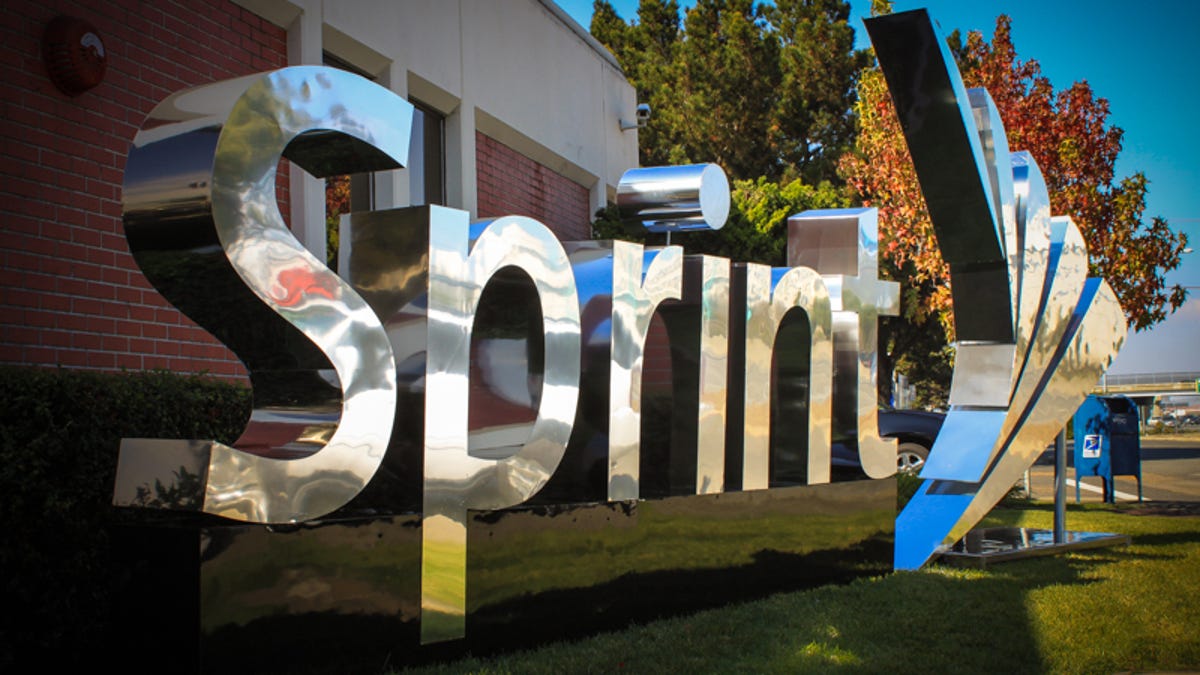Sprint has hidden a secret turbo boost in your phone
The wireless company plans to unlock a capability in many of its flagship devices next year that's designed to amp up connection speeds.

When it comes to his company's wireless service, Sprint Chief Operating Officer Gunther Ottendorfer likes to say "you ain't seen nothing yet."
Come early next year, Sprint customers with a flagship phone may understand the meaning behind his words.
That's because Sprint plans to unlock a capability hidden in many of its marquee phones -- from the iPhone 7 to the Galaxy S7 -- that will let them tap into a wireless technology meant to enhance their connection speed.
"Everyone's average speed goes up," Sprint Chief Technology Officer John Saw said at a media roundtable in New York on Tuesday. "Reliability goes up."
Sprint Chief Technology Officer John Saw talks about carrier aggregation. In the back, Chief Operating Officer Gunther Ottendorfer rocks yellow kicks.
The speed boost would be a boon to existing Sprint customers and give ammunition to the company's argument that it has closed the speed gap with rivals. Sprint has long battled the perception that its network lags behind those of its competitors, and the company has only begun to add customers again this year. All of a sudden it would have a new selling point.
The capability, which Sprint plans to deliver as a software update pushed over the air, will let Sprint's phones tap into a technology called 3 x carrier aggregation -- a technical term for Sprint's ability to create a fatter pipe to deliver you YouTube videos and Taylor Swift songs. Other devices slated to get an update include LG's G5 and Google's Pixel.
Sprint last month launched a phone called the HTC Bolt, which was the first device to use that technology out of the box. The update means many of its older phones will have the same advantage.
The Bolt and other devices can tap into markets only where the 3 x carrier aggregation is effective. So far, that's just nine markets.
A mock-up of a neighborhood with small Sprint cellular radios hanging from the street lamps and rooftops.
Sprint is in a unique position because it employs three different kinds of spectrum, including a higher frequency band in the 2.5 gigahertz range. The higher the band, the higher the capacity and speed. Using carrier aggregation means Sprint can utilize all three bands for faster and more consistent service.
The problem with 2.5 gigahertz (and all high-band spectrum) is the limited range and inability to penetrate buildings and even obstructions like trees.
Sprint on Tuesday unveiled a new technology called High Performance User Equipment which promises to extend the range of its cellular sites by up to 30 percent. That means more people can use that higher band spectrum, leading to a better experience for everyone.
The first phone to use the technology will be Samsung's next flagship, which is likely the Galaxy S8, according to Ryan Sullivan, vice president of product development. He hopes to have all devices on the technology within two years.
The HPUE technology could be important to the industry down the line as carriers look to high-band spectrum to power their 5G, or fifth generation, wireless networks.

